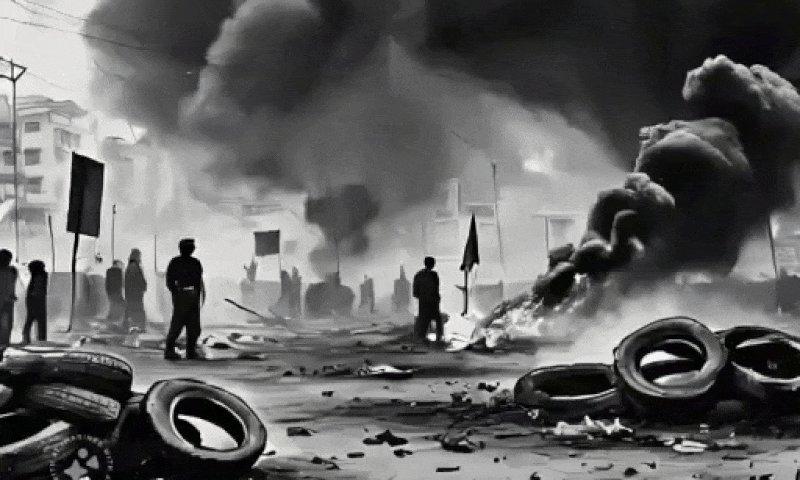A NATION-WIDE military-backed crackdown launched by the FIA against illegal foreign currency trade and smuggling has started showing signs of success as reflected by a 1.35pc rise in the value of the rupee after slumping to a record low of 307.25 to a dollar in the interbank earlier this week. Besides shutting down unlicensed currency shops and arresting many allegedly involved in illicit foreign currency trade, the authorities have deployed security officials in plainclothes at money exchanges to monitor dollar sales. The hundi/ hawala players are believed to have gone underground and the open market rate has begun converging with the interbank rate. The dollar supply in the open market has increased. Those who had bought dollars to hedge against exchange losses are also offloading their stash, with the retail dollar price falling below its official rate. Exporters are coming for their export bill discounting in the interbank and remittances through formal banking channels are said by bankers to be improving. The State Bank has introduced significant structural reforms to consolidate the exchange companies and their franchises and asked banks to deepen their engagement with retail foreign currency business. So far so good.
But it is unclear at this stage if the rupee will sustain this momentum and for how long since the economic fundamentals remain unchanged. It is also not clear at what point the exchange rate will settle. If people are sceptical of the long-term impact of the crackdown against illicit money changers and smugglers, it isn’t without reason. Similar campaigns were launched in 2021 and 2022. However, each time the sentiment reversed in a few weeks or months because administrative actions can do only so much. Unless official and private capital inflows increase, inflation decreases, business confidence improves and electoral uncertainty ends, chances are that volatility will return to the foreign exchange market. Then finance minister Ishaq Dar made the same mistake a year ago when he tried to bolster the currency through administrative actions. He didn’t use the stick the way the military can, but he did pressure exchange companies and placed curbs through the State Bank to restrict outflows. The rupee improved, but for how long? Thus, it is imperative to fix the core issues of the ever-worsening balance-of-payments, and consistently high fiscal deficit to sustain any improvement in the exchange rate.
Published in Dawn, September 9th, 2023










































Dear visitor, the comments section is undergoing an overhaul and will return soon.